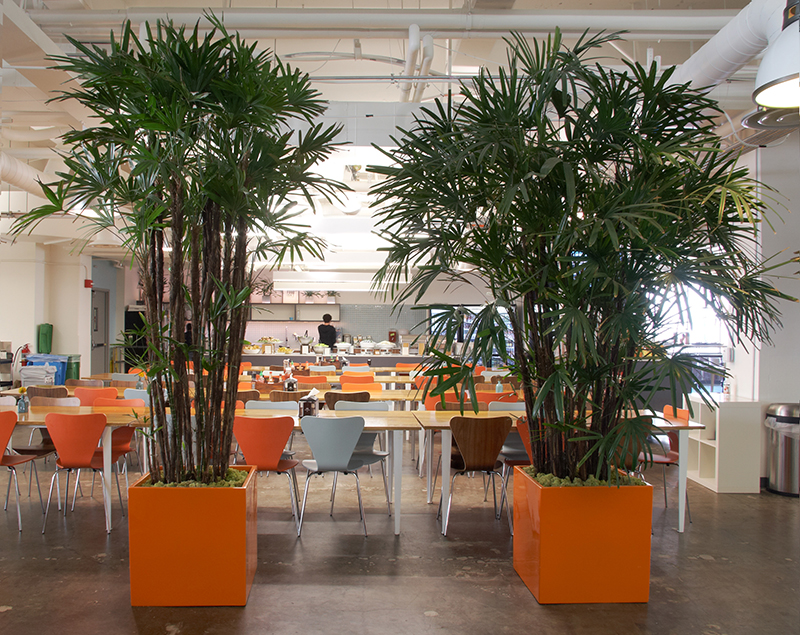


| height | 5–10 | |
| width | 2–5ft | |
| tolerates | Pots | |
| water needs |
Moderate | |
| water info |
This plant wants water when the top of the soil is dry, but you can still feel moisture just below the surface. This plant will often fall into a once-a-week watering cycle, but remember that your watering should be based on the moisture left in the soil, which will depend partly on the moisture in the room and the weather outside. The soil ‘surface’‘ goes a bit deeper for larger pots; for example, a plant in a 14-inch diameter pot should dry out a couple of inches deep before you water it, while a plant in a 4-inch pot will only want to dry out in the top ½ inch or so of soil. Pay extra attention to the drainage component of your plant. Many houseplant growers will grow palms in very fast draining mix, and if you find that this palm is in an exceptionally gritty potting soil it will need more frequent watering. |
|
| hardy to |
15F | |
| exposure | Bright Indirect – Low | |
| indoor outdoor |
Outdoor | |
| drainage | In Ground: Cactus Mix, In Pots: Potting Soil | |
| fertilizing | All Purpose | |
| origin | South China | |
| california native |
No | |
| sunset zones |
9, 14–24 |
Full Sun
Six or more hours of sun beams directly landing on the plant's leaves.
Part Shade
Three to five hours of sun beams directly landing on the plant's leaves.
Part Sun
One to two hours of sun beams directly landing on the plants leaves.
Full Shade
The plant is never fully lit by sun beams,
but is in a bright spot or has dappled sunbeams playing over the leaves throughout the day.
Deep Shade
The plant never has dappled light on the leaves, and is in a place that feels dim, even on a nice sunny day.
